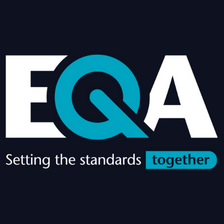This page is for members and subscribers only
Please log in
If you're a member of the Chartered IIA, or a subscriber to our Audit Committee Service, please enter your username and password at the top of the page to access your exclusive content.
Forgotten your username or password?
If you have any problems logging in, please contact us on 020 7498 0101.
Not a member? Why not join us?
When you become a member of the Chartered IIA you'll receive support and guidance on every aspect of internal auditing. You'll get access to all of our technical guidance, exclusive features, news and webinars, plus a host of other membership benefits.








